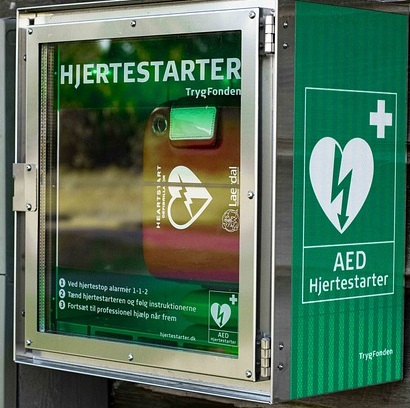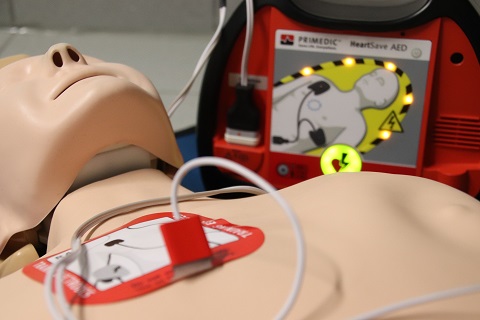
Among all medical emergencies that pose vital risks and require an immediate response, cardiac arrest stands out.
Early electrical defibrillation is the most effective means to restore life, avoiding or minimizing sequelae.
The commercialization of automatic and semi-automatic external defibrillators (AED), simple and safe technical equipment capable of analyzing heart rhythm and identifying arrhythmias susceptible to defibrillation, and then automatically or semi-automatically administering the required electric shock without the need for intervention by a qualified healthcare professional, has contributed to the scientific community promoting the use of these devices by first responders outside the healthcare setting.
People who use an AED at UCLM must have basic knowledge in cardiopulmonary resuscitation, basic life support, and the use of a defibrillator, to provide the necessary care for cardiac arrest until the arrival of specialized medical teams: (Healthcare personnel with sufficient training (doctors, nurses, medical technicians, etc.) and people who have received the specific regulatory training for the use of AEDs).
Exceptionally, if there is no suitable personnel, anyone can use the AED as long as they contact the healthcare personnel at 1-1-2.
